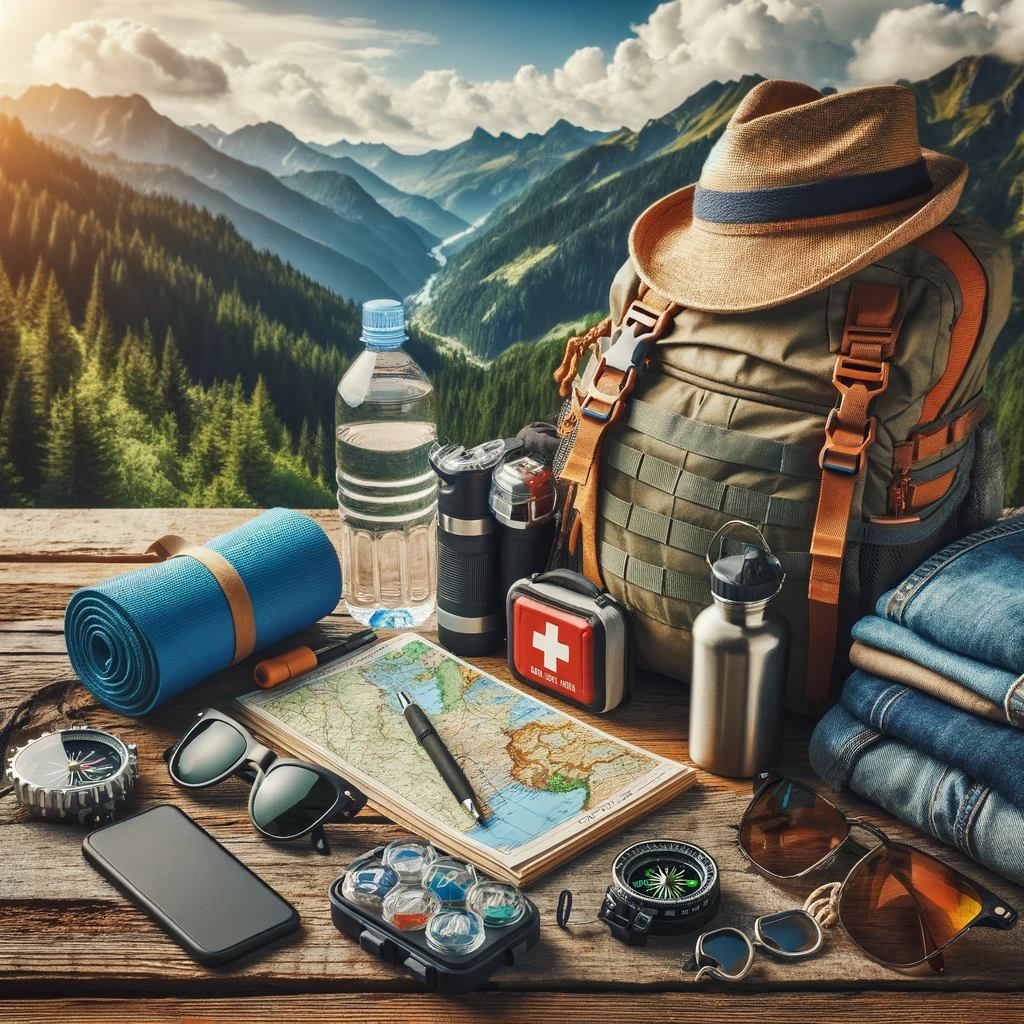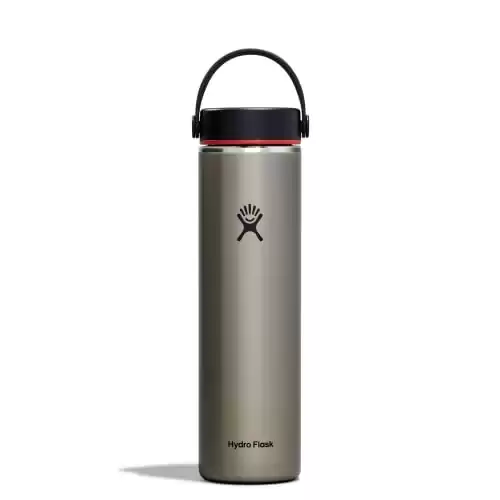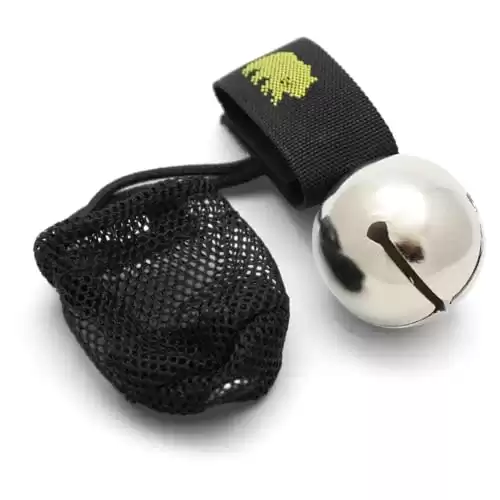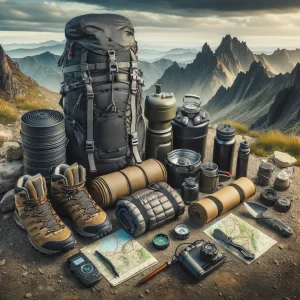
Embarking on a day hike requires not just enthusiasm but also careful planning and preparation, especially when considering the varied terrains and climates you might encounter. From the sun-baked trails of Moab to the alpine paths of Glacier National Park, each environment demands a unique set of gear to ensure safety, comfort, and enjoyment. Here’s an expanded guide to help you pack your daypack like a pro, no matter where your adventures take you.
Essentials for Every Hike
While specific gear might vary based on location, certain essentials should always find a place in your pack:
- Hydration: Always carry more water than you think you’ll need, especially in dry or hot conditions.
- Navigation Tools: A physical map and compass are reliable, battery-independent tools. GPS devices offer convenience but require power.
- Sun Protection: Sunglasses, sunscreen, and a brimmed hat protect against sunburn and heatstroke.
- Insulation: Weather can change rapidly; a lightweight jacket or fleece can be a lifesaver.
- First-Aid Kit: Tailor this to the hike’s length, including personal medications and items for blisters, cuts, and sprains.
Tailoring Your Pack to the Environment
General Considerations:
- Know Your Destination: Research the area’s specific risks, including potential weather changes, wildlife, and terrain challenges.
- Water Availability: Deserts require carrying significantly more water, while in some mountainous areas, water may be abundant but requires treatment.
- Layering: Conditions can shift quickly, so wear layers that can be easily adjusted for temperature changes.
Environment-Specific Gear:
- Desert Hikes:
- Light-Colored, Loose-Fitting Clothing: Reflects the sun and improves air circulation.
- Electrolyte Supplements: Combat dehydration and electrolyte imbalance.
- Dust Protection: Bandanas or dust masks and sunglasses for eye protection.
- Mountain Hikes:
- Bear Safety Gear: Besides bear spray, consider bear-proof containers for food.
- Waterproof Clothing: Sudden rain showers are common, so pack a waterproof jacket or poncho.
- High-Calorie Snacks: Energy needs are higher in cold environments.
- Coastal Trails:
- Wind Protection: Coastal hikes can be breezy. A windbreaker is essential.
- Tide Information: Be aware of tide times to avoid being cut off by high tides.
- Rust-Proof Gear: Saltwater can corrode metal; choose gear accordingly.
- Forested Areas:
- Insect Protection: Bug spray or clothing treated with permethrin can ward off ticks and mosquitoes.
- Visibility: Bright clothing makes you more visible through dense foliage.
Product Recommendations
- Hydro Flask Water Bottle:
- Ideal for: Staying hydrated across varying temperatures and environments.
- Coghlan’s Bear Bell with Magnetic Silencer:
- Ideal for: Minimizing wildlife encounters in bear country with minimal disturbance.
A reliable companion for staying hydrated, whether you're facing the desert sun or mountain chills.
- Durable, leakproof, wide mouth for easy filling.
- Heavier than some plastic bottles.
An essential safety tool for hikes in bear country, offering peace of mind with every step.
- Affordable, effective wildlife deterrent.
- Sound may be muted by thick clothing.
Packing Tips
- Pack Smart: Use the space efficiently. Heavier items should be closer to your back and higher up for balance.
- Accessibility: Snacks, water, and your first-aid kit should be easily accessible.
- Eco-Friendly: Always follow Leave No Trace principles to minimize your impact on the environment.
By preparing your daypack with these guidelines, you’ll be ready to face the unique challenges and joys that each hiking trail offers. Whether you’re scaling a mountain peak or traversing a desert landscape, the right gear will empower your adventure, ensuring a safe and rewarding experience with nature.



